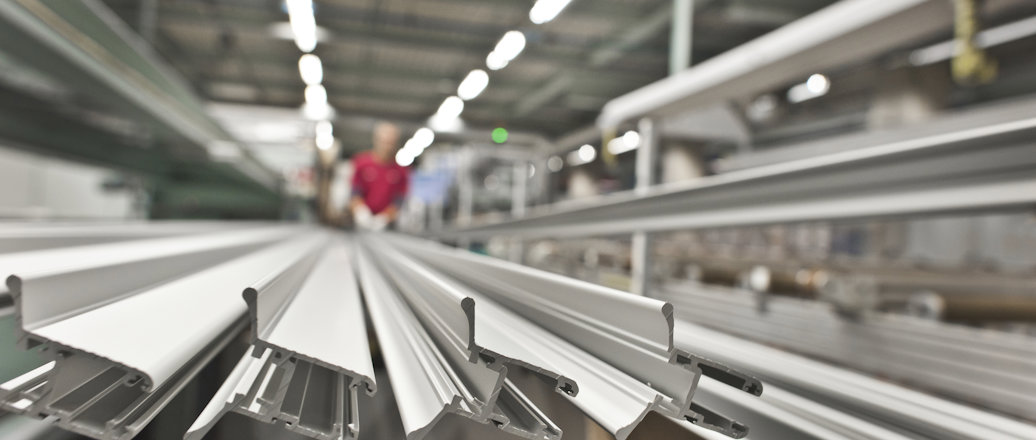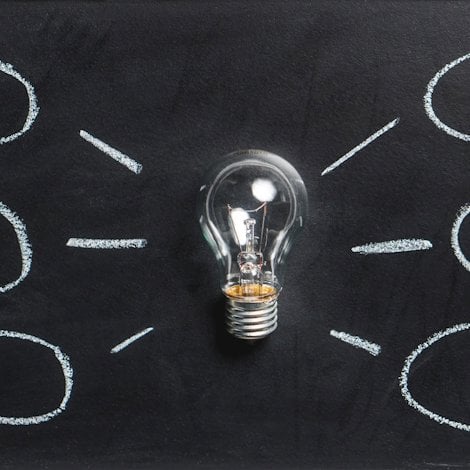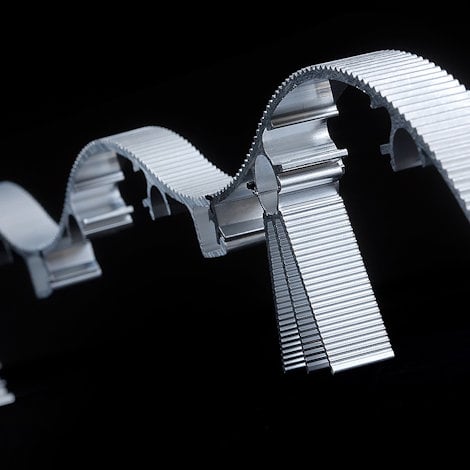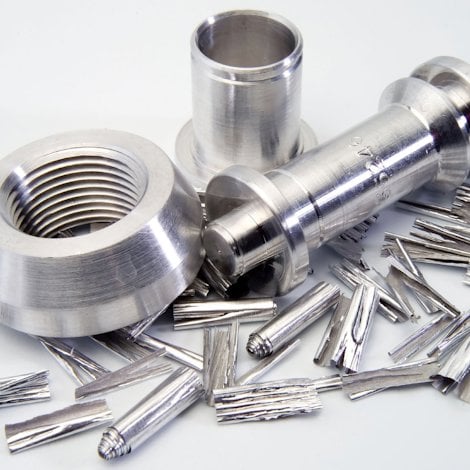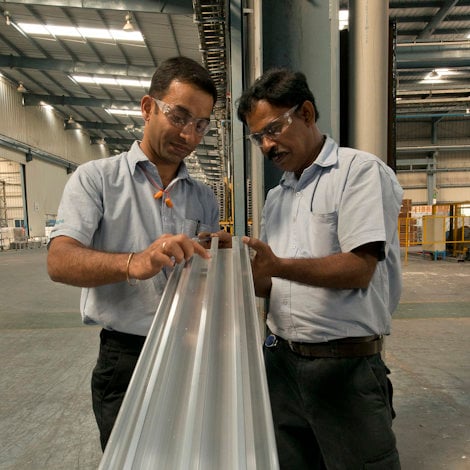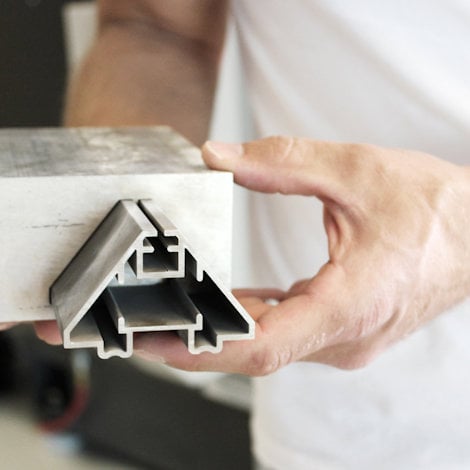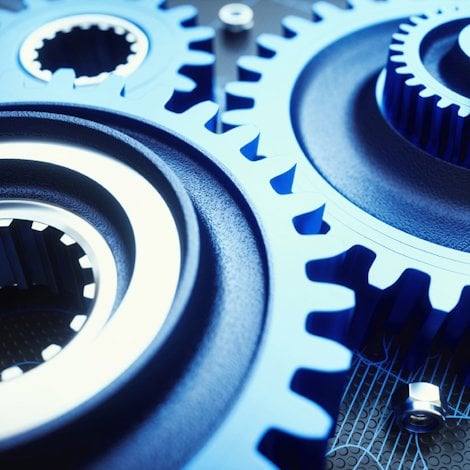Consider tolerances when designing a product with extruded aluminium
A tolerance tells others how important a dimension is to your product. With unnecessary "tight" tolerances, parts become more expensive to produce. But tolerances that are too "loose" might cause the parts to not fit in your product. Consider these factors so you get it right.
The aluminium extrusion process is a robust process. You heat the aluminium and force the softened metal through a shaped opening in a die. And your profile emerges. This process lets you take advantage of the qualities of aluminium and gives you more options in design. It is cost-effective manufacturing that provides you with a robust product.
The range of profiles that can be produced by extrusion is almost endless. This is also why there is a variety of general rules detailing potential solutions and applicable tolerances.
Tighter tolerances, higher costs
As it is with all mass production, the dimensions of each profile you extrude will not be exactly the same throughout the entire production run. This is what we mean when we talk about tolerances. Tolerances dictate how much the size differences can vary. Tighter tolerances lead to higher costs.
Anything we can do to ease tolerances is good for production and in the end for the customer. That is a straight and simple fact. But you can help choose the best tolerances by considering a small number of key factors early in the product design process.
Die design, microstructure and other factors
Profile design, wall thickness and alloy are factors that directly affect tolerances in the aluminium extrusion process. These are factors that you will raise with your extruder, and most extruders can support you with these.
But you should be aware that there are other factors that impact directly or indirectly the choice of tolerances. These include:
- Aluminium temperature
- Microstructure
- Die design
- Extrusion speed
- Cooling
Find a competent extruder and work with them early in your design process. It will help you improve tolerances and help you achieve the goals you want to achieve.

